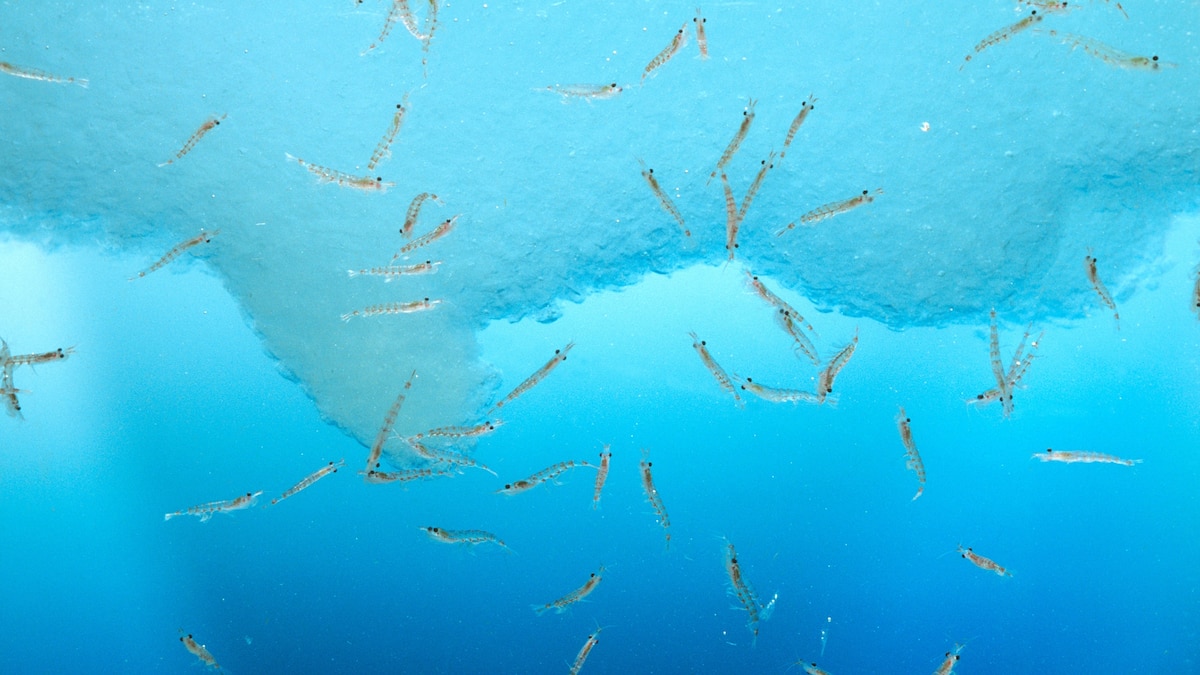Now Reading: Scientists Uncover Hidden River Network Beneath Antarctic Ice
-
01
Scientists Uncover Hidden River Network Beneath Antarctic Ice
Scientists Uncover Hidden River Network Beneath Antarctic Ice

Quick Summary
- Beneath Antarctica’s mile-thick ice sheet lies a hidden landscape of steep mountains, valleys, and subglacial rivers.
- Researchers predict that as the ice melts due to warming, these rivers will expand and shift paths, possibly destabilizing coastal glaciers like Thwaites and Pine Island.
- These changes could dramatically accelerate ice loss and increase sea level rise by up to 30% in some areas by 2100.
- Subglacial water behaves unusually under immense pressure beneath the ice, sometimes flowing “uphill” along steep slopes.
- Scientists discovered that subglacial rivers play a crucial role in causing hotspots of accelerated melting under floating ice shelves by stirring up warm ocean water.
- The Totten Glacier, which alone contains enough ice to raise sea levels by 12 feet, is projected to see subglacial river discharge grow nearly five-fold by century’s end. This could lead to faster thinning and possible collapse of its supporting ice shelf.
Indian Opinion Analysis
This research highlights how warming-induced changes beneath Antarctica’s massive glaciers have far-reaching implications beyond its icy borders. For India-one of the most vulnerable countries to rising sea levels-the cascading effects of Antarctic melt pose serious challenges for coastal cities like Mumbai and Kolkata. While climate models traditionally underestimate such dynamics due to missing factors like evolving subglacial waterways,this study emphasizes the need for more advanced modeling approaches.
India must view this data as a call for strengthened climate action domestically while advocating for global efforts toward emission reductions. enhanced scientific collaboration with institutions studying polar processes could also help improve regional preparedness against future impacts such as flooding or land loss.























